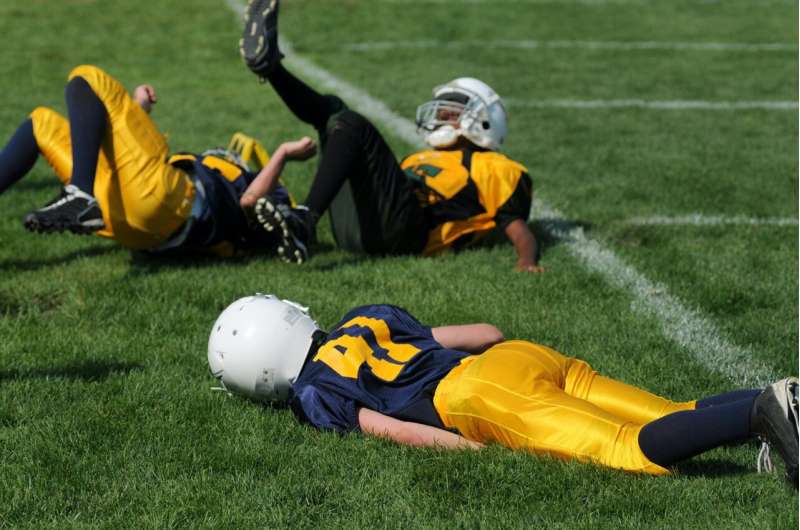Innovative Vision Therapy Effectively Treats Concussion-Related Double and Blurred Vision

A groundbreaking study shows that targeted vision therapy can restore normal vision in individuals suffering from concussion-induced double and blurred vision, promising improved recovery outcomes.
Recent research has demonstrated that targeted vision therapy can significantly improve vision problems associated with concussions, such as double vision and blurred vision. These issues are common among adolescents and young adults who experience lingering effects after a concussion, leading to difficulties in reading, working on computers, using smartphones, and even impacts on cognition, learning, and daily activities. Experts like Tara Alvarez from NJIT highlight that these vision disorders can delay recovery and return to normal routines.
A pioneering study published in the British Journal of Sports Medicine involved 106 patients aged 11 to 25 with persistent concussion symptoms. After 12 weeks of specialized vision therapy, nearly 90% of participants regained normal vision, a stark contrast to less than 10% who monitored symptoms without intervention. The therapy involves exercises that strengthen and coordinate eye muscles, which proved effective even for patients with concussion-related issues.
The study utilized a comprehensive approach, including eye movement assessments via fMRI imaging, measuring blood oxygen levels, and neuron activity in regions responsible for eye functions. These findings reveal that post-concussion vision difficulties are linked to changes in brain activity and neural connectivity, which improve after therapy.
Leading clinicians, such as Mitchell Scheiman and Drs. Christina Master and Arlene Goodman, emphasize the importance of early intervention. They note that delays in treatment can prolong symptoms like headaches and eye problems, which are often overlooked in concussion recovery. The research underscores the necessity for standardized protocols for diagnosing and treating these visual impairments.
In addition to traditional therapy, researchers are developing virtual reality-based exercises that patients can perform at home, making treatment more accessible and engaging. These advancements aim to facilitate quicker recovery, improve quality of life, and allow for better decision-making regarding safe return to sports, school, and work. Overall, this study marks a significant step in understanding and managing concussion-related vision disorders, with promising implications for future treatment strategies.
Stay Updated with Mia's Feed
Get the latest health & wellness insights delivered straight to your inbox.
Related Articles
Optimizing a Cancer-Fighting Radioisotope for Targeted Therapy
Scientists at the University of Missouri are advancing cancer treatment with the development of Terbium-161, a versatile radioisotope that offers targeted destruction of cancer cells through enhanced cellular damage mechanisms.
Experts Emphasize Evidence-Based Approach in Preventive Health Care
Canadian health experts call for renewed focus on evidence-based guidelines to enhance preventive health care and reinforce Canada's global leadership in scientific policy.
The Power of Patient-Provider Encounters in Enhancing Cancer Patients' Sense of Control
Effective communication and empathetic interactions between healthcare professionals and cancer patients can restore patients' sense of control, improving emotional well-being and treatment outcomes.
Study Finds Systemic Inflammation Alone Does Not Cause Fetal Lung Damage
New research reveals that systemic inflammation during pregnancy alone may not cause fetal lung injury, emphasizing the importance of direct exposure to inflammatory stimuli in neonatal lung diseases.



